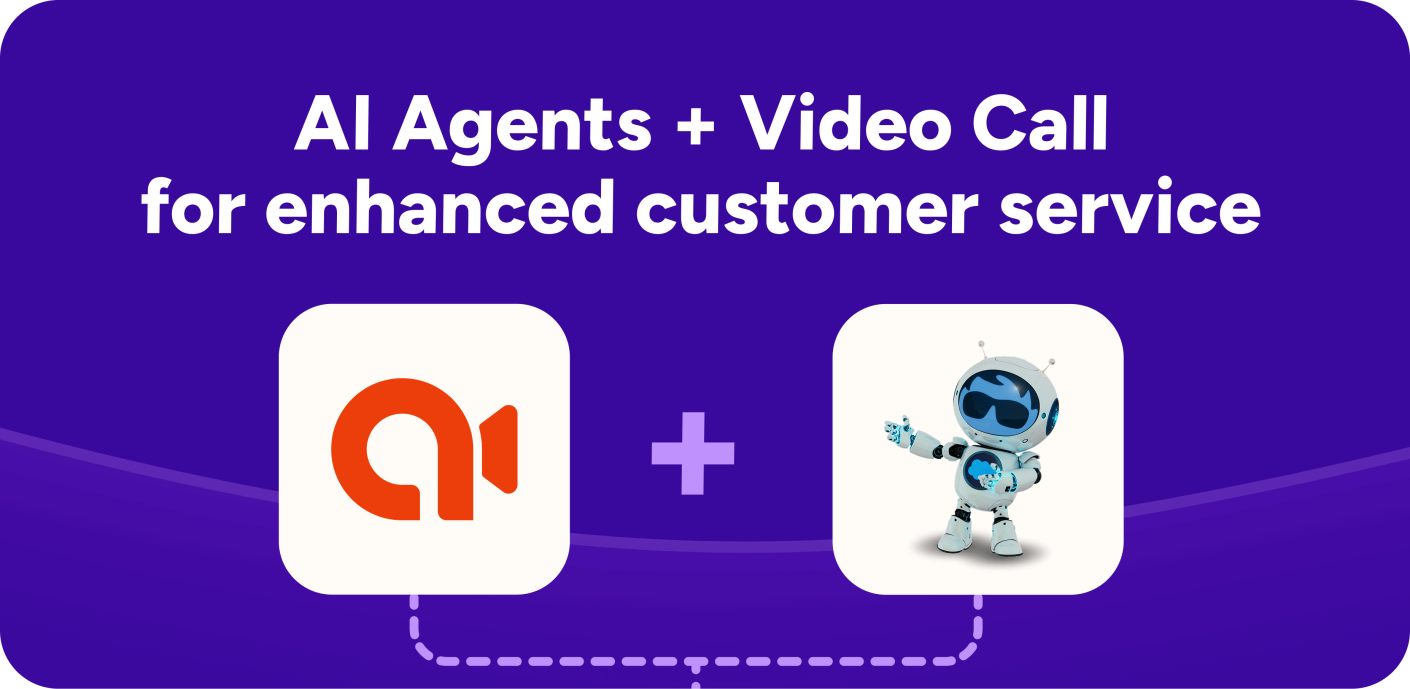Remote visual support is especially useful for solving complex situations remotely, quickly and efficiently. Here are the main use cases:
Escalations in Customer Service
When chat or phone support hits its limits, video call is the next step. It allows frontline agents to seamlessly hand off complex cases to experts, who can then see the issue firsthand. This reduces wait times and avoids the frustration of repeating the same information.
Remote Technical Support
Whether it’s helping a customer or a colleague use a tool, configure a device, or troubleshoot a failure, video call makes the process smoother. The expert can watch the user’s actions in real time, pinpoint the issue, and give clear, tailored instructions.
Troubleshooting and Maintenance
For equipment failures, video call allows a remote diagnosis before dispatching a technician. The expert can guide the user through key checks, identify faulty parts, and even supervise basic repairs. This saves time and resources while speeding up resolution.
Field Team Support
Technicians in the field can get expert help on the go. They can validate procedures, get advice on unusual situations, or receive live support. This real-time collaboration improves the quality and success rate of on-site interventions.
Remote Sales
Video helps bring a human touch to remote buying experiences. Sales teams can give live, personalized demos and build real rapport with prospects. This boosts engagement and makes it easier for clients to commit.
In all these scenarios, remote visual support enhances customer relationships by offering flexibility, speed, and a personalized experience.





